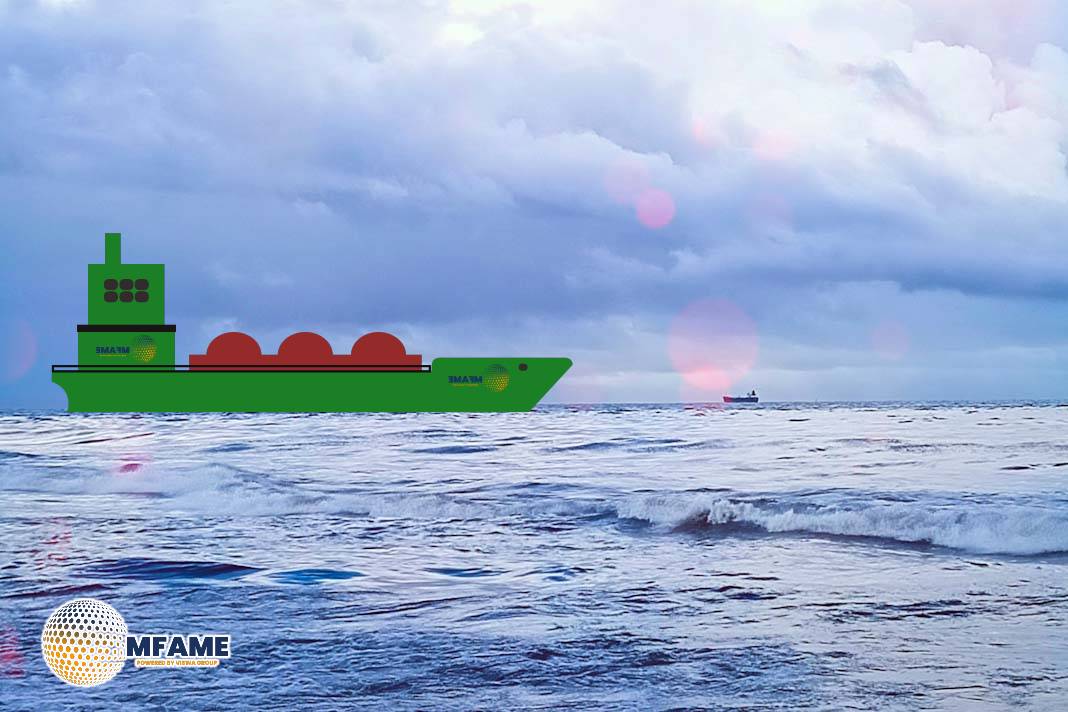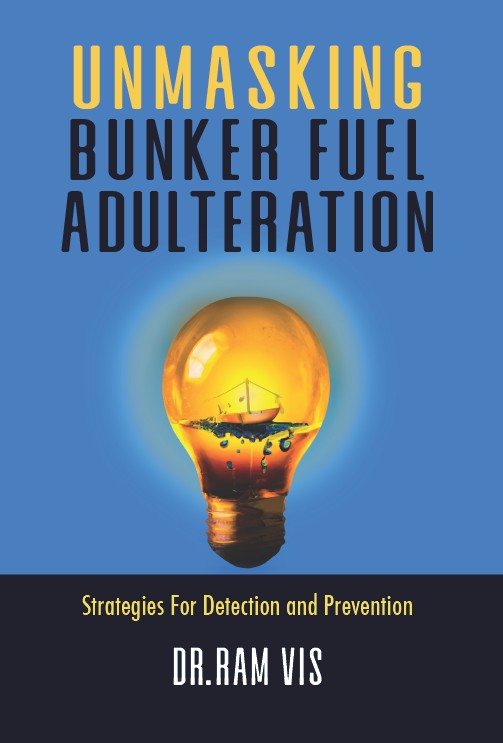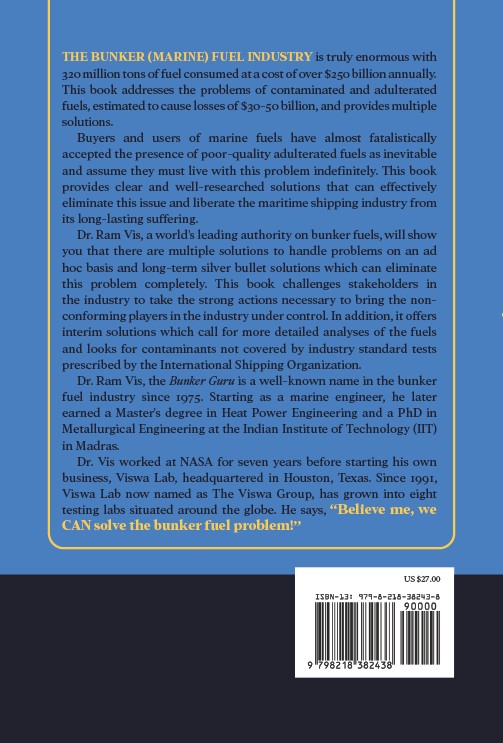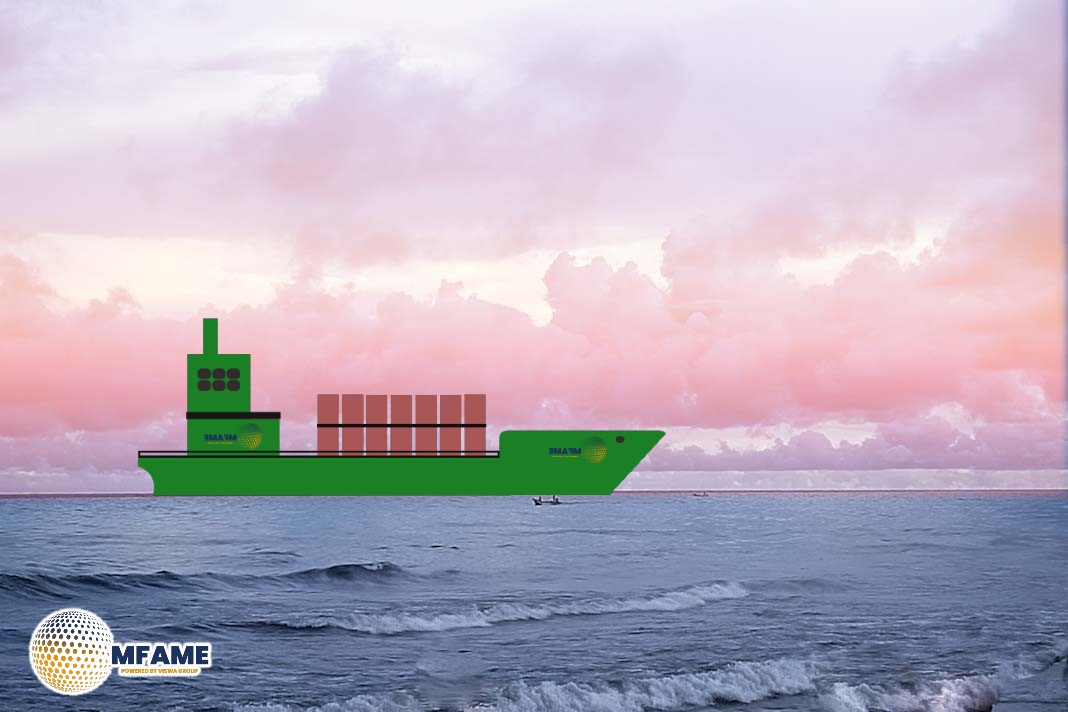- IMO Pushes Ahead with Net-Zero Framework for Shipping.
- Global Maritime Regulator Advances GHG Emissions Plan.
- IMO Unveils Tiered Compliance Plan to Cut Ship Emissions.
The International Maritime Organization (IMO) has moved a step closer to its goal of decarbonizing shipping, after the most recent session of the Intersessional Working Group on GHG emissions (ISWG-GHG 19). During two days of debate, the Working Group considered the draft IMO Net-Zero Framework, which underpins the emissions reduction goals of the 2023 IMO Strategy, reports LR.
New Compliance System Emerges as Core Feature
One of the most important outcomes of the meeting was the unveiling of a new compliance system that implements tiered greenhouse gas (GHG) fuel intensity requirements. In this system, vessels would be expected to achieve certain emissions intensity levels. If they cannot do so directly, they would have to offset their deficit through a two-tier mechanism in the form of the purchase or transfer of compliance units.
This is a departure from previous proposals that were based on a flat-rate charge. Rather, the new approach eliminates the uniform economic contribution model and substitutes it with a more adaptable framework, enabling market-based balancing of compliance.
Framework Promotes Early Compliance and Low-Carbon Fuels
The new text also contains provisions that enable ships above compliance levels to produce excess units. Such units may be transferred to other ships, banked for future transfer, or cancelled voluntarily. The scheme also envisages the establishment of an IMO GFI Fund to oversee revenues derived from compliance unit exchange. Provisional limits for zero or near-zero GHG fuels are also introduced to encourage early adoption of cleaner fuel technologies.
As per the suggested schedule, data gathering will commence on January 1, 2028. Initial verification and compliance checks would ensue in 2029, paving the way for phased GHG intensity reductions in the global fleet up to 2050.
Major Issues Continue to Differ Between Member States
Even with the progress, Member States are still not in agreement on several key issues. Negotiations regarding the pricing mechanism of compliance units are still ongoing, and no final consensus has been achieved. Small Island Developing States (SIDS) have especially complained about the current proposal, expressing dismay at the omission of a special economic contribution and failure to include specific assistance for vulnerable economies.
The reduction curve, price of remedial compliance units, and possibility of exemptions for vessels serving ports in SIDS and Least Developed Countries (LDCs) are also on the agenda and still on the table. These aspects will have to be negotiated further and fine-tuned before any accord will be taken.
Next Week’s MEPC Session To Be Decisive
The spotlight now shifts to the forthcoming Marine Environment Protection Committee (MEPC 83) meeting, set to take place between April 7–11. The session is expected to have a pivotal role in determining the final regulatory text. Assuming Member States can overcome their outstanding differences, the agreed regulations will be adopted in an extraordinary MEPC session to be held in October 2025, with entry into force targeted by March 2027.
Shipping Industry Faces Major Changes Ahead
The next few days are decisive for the destiny of mid-term reductions of shipping emissions. Adopted, the draft framework will propel wide-ranging change within the maritime sector, impacting fuel decisions, speeding up the uptake of clean technology, and reforming working practices towards a net-zero world.
Did you subscribe to our daily Newsletter?
It’s Free Click here to Subscribe!
Source: LR















![[Watch] Crazy Power Needed to Move World’s Largest Containerships](https://mfame.guru/wp-content/uploads/2023/11/mfame-tanker-100x70.jpg)

